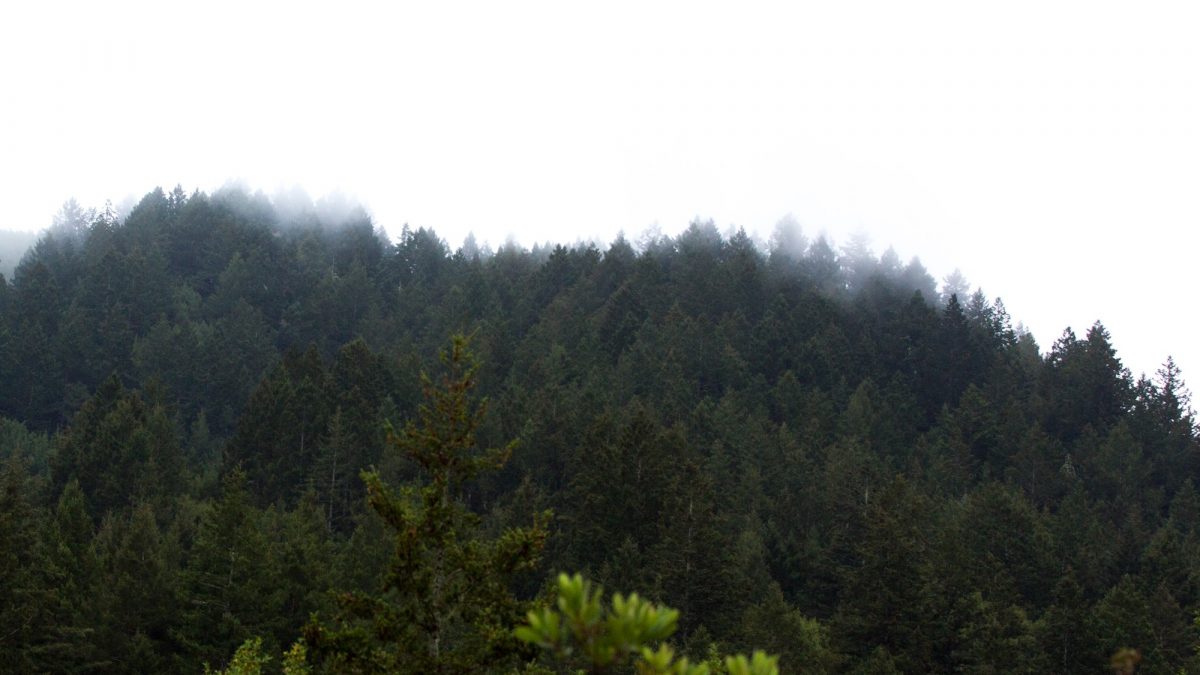Forest Tending
{23 minutes}
Forest Tending
Gardening the forest
Since the dawn of time, Indigenous and ancestral people have tended the forests and places where they lived in order to bring the plants and animals they needed closer, enrich the ecological matrix of Life, and encourage certain types of growth. This almost invisible gardening, whose characteristic is generally its near invisibility is a beautiful way to build relationship with wild places.
Tending a forest is both an observational, and sometimes a very physical practice. In the realm of tending activities are things such as pruning, tree trimming, removal of deadwood, prescribed burning (see cultural fire), creating paths, mulching, etc. Depending on what brings us out to the forest, we can choose activities with a level of intensity (physical rigor) that meets the needs of our state. If you come into the forest hot (angry), find activities that require physical exertion. This is the time to move stones, saw logs, chop wood. This the time to put your hands and arms to good use; to tire them out in the fresh air. If you come into the forest anxious, this is the time to put your legs to work. Move things in a wheelbarrow, carry things from place to place. Lift with your legs. Let you activity both meet the needs of the forest and attend to your physiology. Take the time in the forest to keep orienting to place, to remember that you are outside, to engage the senses. In a forest you are walking through an oxygen factory. Let it bathe your lungs. Breathe deep. Inhale. Exhale. Let the forest tend you. It is reciprocal.
Related Practices:
See Gardening. See Prune Your Trees. See Study the Pattern Language of Nature. See The Importance of the 'Aina' (Hawaiian Indigenous Natural Farming). See Nourish the Roots. See Sit Spot. See Forest Bathing. See Gratitude practices.Photography: | Licensed from Pexels.com, used with permission.


